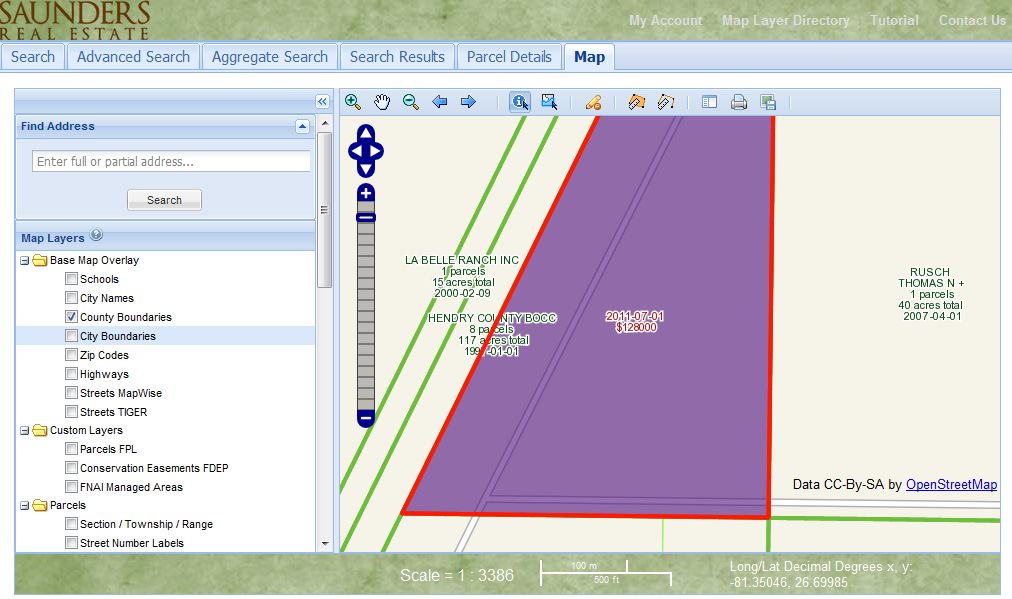
Multiple industry sources believe reinsurers will seek higher prices from insurers following flood disasters this year.ĭespite the pricing roller coaster, insurers stood by their ability to charge premiums according to the associated risk. That meant an insurer might charge unduly high prices, knowing a customer will probably reject the offer, and so avoid increasing its concentration risk.Īnother factor might be insurers lifting prices ahead of renewing contracts for reinsurance – insurance for insurers in disasters – midway through the year, he said. Mr Tomlins said factors that potentially play into pricing include whether an insurer covers a large proportion of properties in an area, known as concentration risk. That could include a newly built car park heavily reducing how much water is absorbed compared to the land on which it was built. “Development changes the topography of land.” “Data ages,” he told the Financial Review. Mark Tomlins, an insurance analyst at Hunter Green, said one issue for insurers in pricing for flood risk lies in whether data is updated. That cost has increased as more insurers cover flood since 2011’s massive disaster, a customer-relations disaster for the sector after many home owners found they were not covered for flooding. Zurich-based insurance data business Perils estimates claims from this year’s inundation at a record $3.991 billion.Ī family gets a lift through floodwaters in Manly, Sydney. Riverine and flash flooding from intense rain has resulted in almost $21.3 billion in claims since 1970, according to the Insurance Council. Budget Direct, which requires customers to opt in to flood cover, sought $3310.

Almost 600 kilometres north, for a high-set three-bedroom home near a river in Lismore, which recorded its worst flood ever in March, insurer AAMI asked for $4990 for a year’s cover, while NRMA wanted $37,619.


 0 kommentar(er)
0 kommentar(er)
